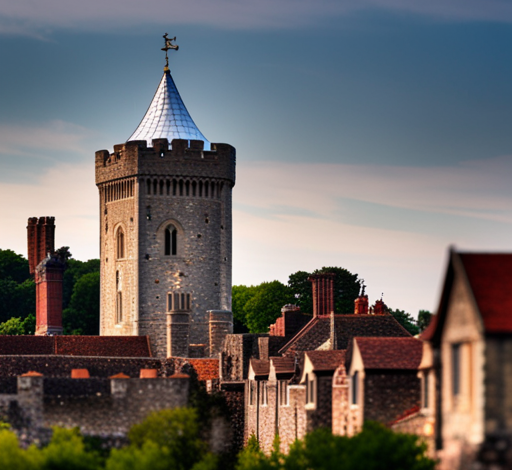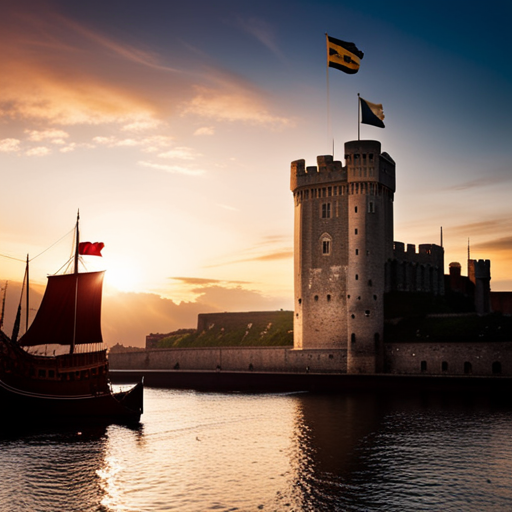
The Norman Conquest: How it Shaped Southamptons Medieval History
Discover how the Norman Conquest shaped Southampton’s medieval history.
Dive into the strategic importance of this city during the Conquest and explore its transformation into a Norman stronghold.
Learn about the lasting impact on Southampton’s architecture, urban planning, and cultural identity.
Uncover the role this vibrant city played as a hub of trade and commerce in the medieval period.
Join us on a journey through time to understand the fascinating legacy of the Norman Conquest in Southampton.
The Strategic Importance of Southampton in the Norman Conquest
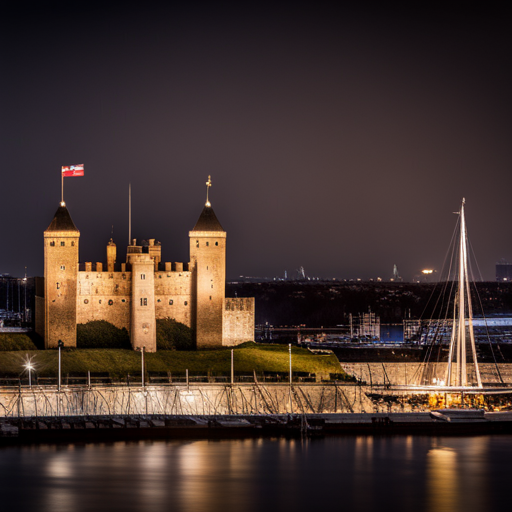
You can see the strategic importance of Southampton in the Norman Conquest by examining its location and natural harbor. Situated on the south coast of England, Southampton provided a convenient gateway for the Norman forces to launch their invasion.
Its proximity to Normandy allowed for easy communication and supply routes between the two regions. The natural harbor of Southampton, known as the Solent, offered a safe haven for the Norman fleet, shielding it from potential attacks and allowing for efficient transport of troops and resources.
Additionally, the town’s position along the River Test provided access to the interior of England, making it a key strategic point for controlling the surrounding territories. Southampton’s strategic location and natural harbor played a crucial role in the success of the Norman Conquest, solidifying its significance in medieval history.
The Development of Southampton as a Norman Stronghold

In Southampton, the growth of a powerful fortress under Norman rule transformed the city into a strategic stronghold. The Norman Conquest brought about significant changes in the city’s medieval history, and the development of Southampton as a Norman stronghold played a crucial role in this transformation.
The construction of the fortress, known as Southampton Castle, began in the late 11th century and was completed by the early 12th century. This stone fortress provided protection and control over the surrounding area, as well as serving as a base for Norman authorities to exert their influence.
The presence of the castle also attracted settlers and merchants, leading to the growth of Southampton as a thriving port and trading center. The Norman stronghold not only ensured the security of the city but also contributed to its economic and political importance in medieval England.
Norman Influence on Southampton’s Architecture and Urban Planning
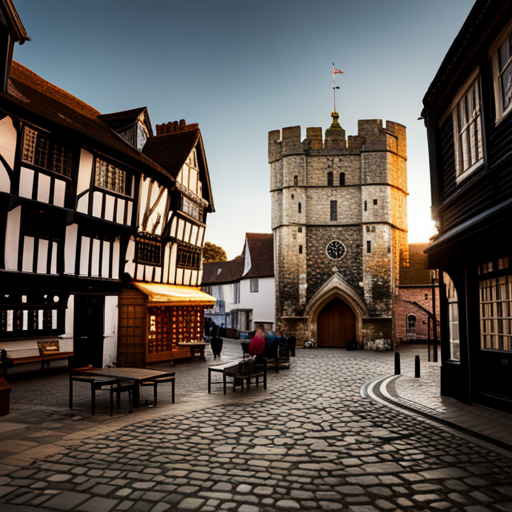
The influence of the Normans on Southampton’s architecture and urban planning can still be seen today in the city’s medieval structures and layout. When you stroll through the streets of Southampton, you can’t help but notice the remnants of the Norman era.
The Normans were known for their impressive stone castles, and Southampton is no exception. The city’s medieval walls, constructed by the Normans, still encircle the old town, serving as a testament to their architectural prowess.
Furthermore, the Norman influence can be seen in the narrow, winding streets and alleys, which were designed to maximize defense and discourage attackers.
Southampton as a Hub of Trade and Commerce in the Medieval Period
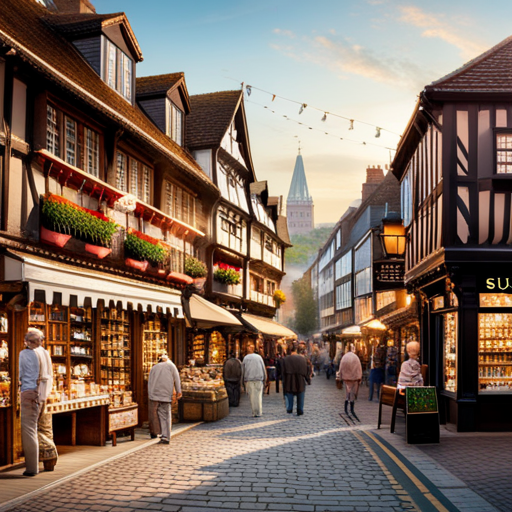
As you wander through the streets of Southampton, imagine the bustling trade and commerce that once filled these ancient thoroughfares. In the medieval period, Southampton was a hub of economic activity, thanks to its strategic location on the south coast of England. The town’s natural harbor made it an ideal port for merchants from all over Europe, who brought goods such as wine, cloth, and spices.
The quays along the waterfront were constantly abuzz with activity, as ships unloaded their cargo and traders haggled over prices. The wealth generated by this vibrant trade attracted wealthy merchants, who built impressive houses and funded the construction of churches and other public buildings.
Today, as you explore Southampton, you can still see remnants of its prosperous medieval past, a testament to the city’s important role in England’s commercial history.
The Legacy of the Norman Conquest in Southampton’s Cultural Identity
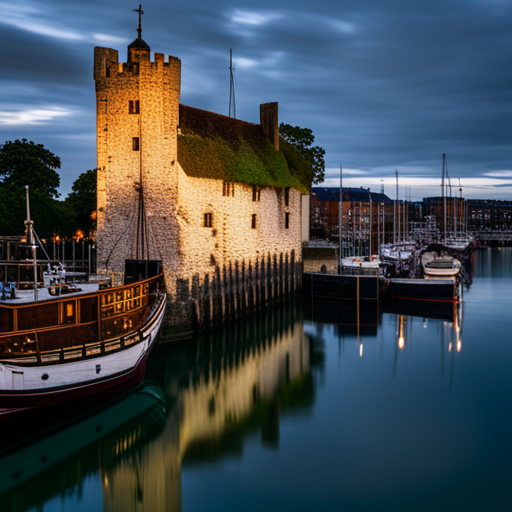
Imagine yourself walking through the streets of Southampton and noticing the lasting impact of the Norman Conquest on the city’s cultural identity. The Norman Conquest, which took place in 1066, had a profound influence on Southampton’s development and shaped its medieval history.
As you explore the city, you’ll see remnants of the Norman influence in the architecture, such as the iconic medieval town walls and the Norman House, believed to be the oldest house in Southampton. The Norman Conquest also left its mark on the language and customs of the people, with French becoming the language of the ruling elite and influencing the local dialect.
Even today, Southampton’s cultural identity reflects this historical legacy, making it a fascinating destination for those interested in the medieval period and the Norman Conquest.
Conclusion
In conclusion, the Norman Conquest played a crucial role in shaping Southampton’s medieval history.
It transformed the city into a strategic stronghold, resulting in the development of impressive architecture and urban planning.
Southampton became a hub of trade and commerce, contributing to its economic prosperity during the medieval period.
The legacy of the Norman Conquest is still evident in Southampton’s cultural identity today, making it a fascinating destination for history enthusiasts.



